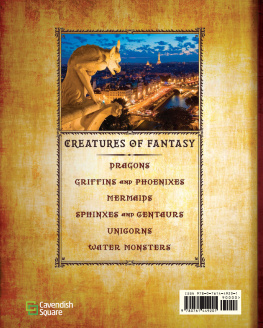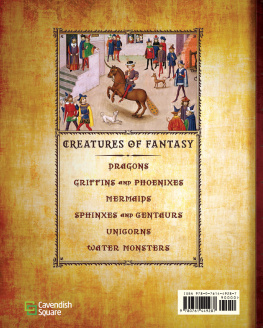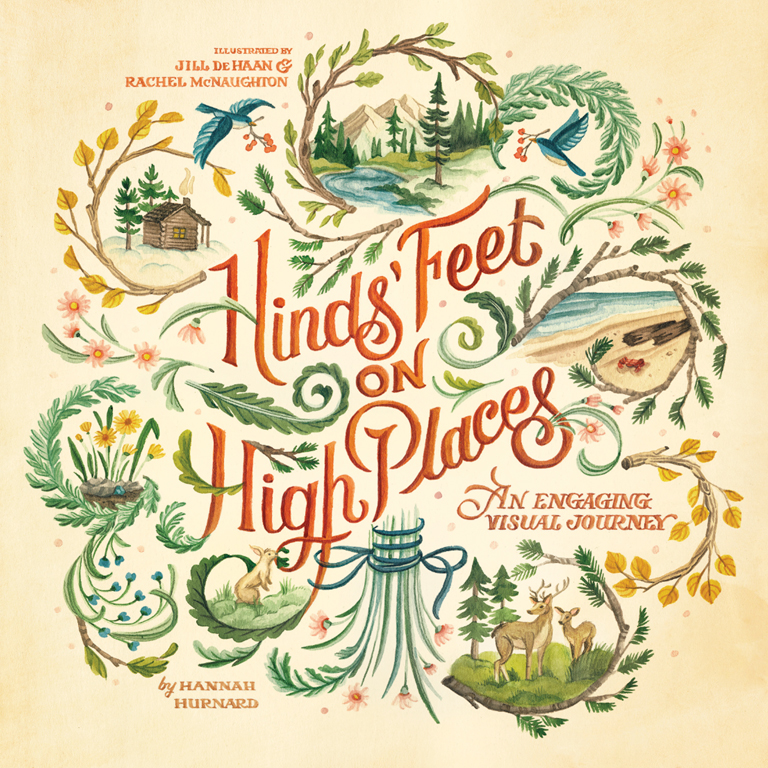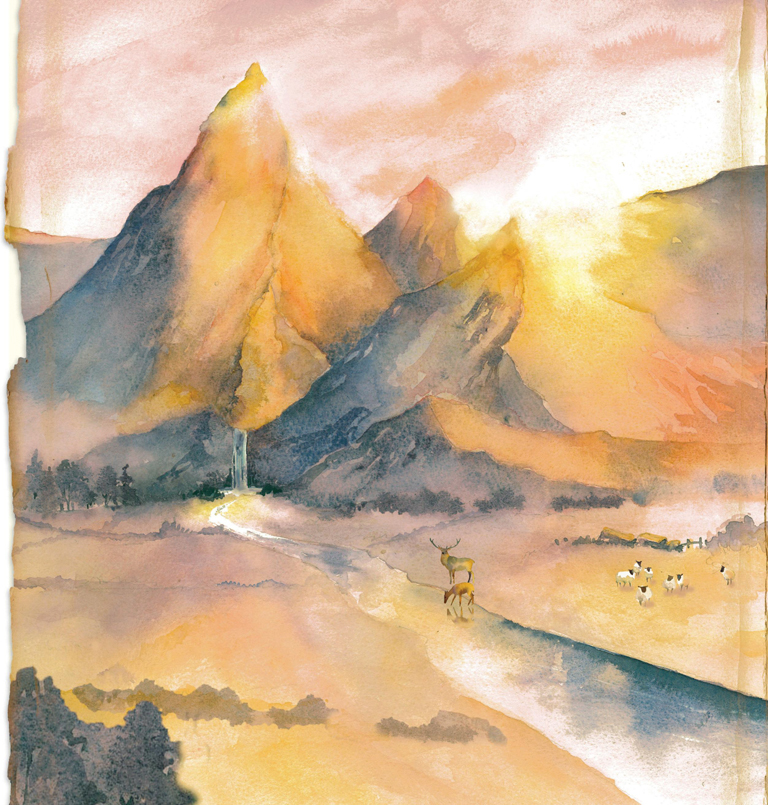www.LivingExpressionsCollection.com
This Tyndale House book by Hannah Hurnard contains the complete text of the original edition. Not one word has been omitted.
Visit Tyndale online at www.tyndale.com.
TYNDALE and the Tyndale quill logo are registered trademarks of Tyndale House Publishers, Inc.
Living Expressions is a trademark of Tyndale House Publishers, Inc.
Hinds Feet on High Places: An Engaging Visual Journey
American edition text copyright 1975 by Tyndale House Publishers, Inc. All rights reserved.
Published with the permission of The Churchs Ministry among the Jews (Olive Press), London, England.
Cover and interior verse and spot illustrations copyright Jill De Haan.
Interior illustrations copyright Rachel McNaughton.
All images are courtesy of Freeimages.com or Unsplash.com. All rights reserved.
Designed by Jennifer Phelps
Lessons Learned on the Slopes of the High Places, copyright 1986 by Hannah Hurnard. All rights reserved.
Hannah Hurnard: A Brief Autobiography is adapted from Hearing Heart, copyright 1975 by Tyndale House Publishers, Inc. All rights reserved.
Scripture quotations are adapted from the Holy Bible, King James Version.
For information about special discounts for bulk purchases, please contact Tyndale House Publishers at , or call 1-800-323-9400.
ISBN 978-1-4964-2467-9
Build: 2017-10-26 09:25:25
One morning during the daily Bible reading on our mission compound in Palestine, our little Arab nurse read from Daily Light a quotation from the Song of Songs, The voice of my Beloved! behold, he cometh leaping upon the mountains, skipping upon the hills (Song of Solomon 2:8). When asked what the verse meant, she looked up with a happy smile of understanding and said, It means there are no obstacles which our Saviors love cannot overcome, and that to him, mountains of difficulty are as easy as an asphalt road!
From the garden at the back of the mission house at the foot of Mount Gerizim we could often watch the gazelles bounding up the mountainside, leaping from rock to rock with extraordinary grace and agility. Their motion was one of the most beautiful examples of exultant and apparently effortless ease in surmounting obstacles which I have ever seen.
How deeply we who love the Lord of Love and desire to follow him long for the power to surmount all difficulties and tests and conflicts in life in the same exultant and triumphant way. To learn the secret of victorious living has been the hearts desire of those who love the Lord, in every generation.
We feel we would give anything if only we could, in actual experience, live on the High Places of love and victory here on this earth and during this life able always to react to evil, tribulation, sorrow, pain, and every wrong thing in such a way that they would be overcome and transformed into something to the praise and glory of God forever. As Christians we know, in theory at least, that in the life of a child of God there are no second causes, that even the most unjust and cruel things, as well as all seemingly pointless and undeserved sufferings, have been permitted by God as a glorious opportunity for us to react to them in such a way that our Lord and Savior is able to produce in us, little by little, his own lovely character.
The Song of Songs expresses the desire implanted in every human heart, to be reunited with God himself, and to know perfect and unbroken union with him. He has made us for himself, and our hearts can never know rest and perfect satisfaction until they find it in him.
It is Gods will that some of his children should learn this deep union with himself through the perfect flowering of natural human love in marriage. For others it is equally his will that the same perfect union should be learned through the experience of learning to lay down completely this natural and instinctive desire for marriage and parenthood, and accept the circumstances of life which deny them this experience. This instinct for love, so firmly implanted in the human heart, is the supreme way by which we learn to desire and love God himself above all else.
But the High Places of victory and union with Christ cannot be reached by any mental reckoning of self to be dead to sin, or by seeking to devise some way or discipline by which the will can be crucified. The only way is by learning to accept, day by day, the actual conditions and tests permitted by God, by a continually repeated laying down of our own will and acceptance of his as it is presented to us in the form of the people with whom we have to live and work, and in the things which happen to us. Every acceptance of his will becomes an altar of sacrifice, and every such surrender and abandonment of ourselves to his will is a means of furthering us on the way to the High Places to which he desires to bring every child of his while they are still living on earth.
The lessons of accepting and triumphing over evil, of becoming acquainted with grief, and pain, and, ultimately, of finding them transformed into something incomparably precious; of learning through constant glad surrender to know the Lord of Love himself in a new way and to experience unbroken union with him these are the lessons of the allegory in this book. The High Places and the hinds feet do not refer to heavenly places after death, but are meant to be the glorious experience of Gods children here and now if they will follow the path he chooses for them.
Perhaps the Lord will use it to speak comfort to some of his loved ones who are finding themselves forced to keep company with Sorrow and Suffering, or who walk in darkness and have no light or feel themselves tossed with tempest and not comforted. It may help them to understand a new meaning in what is happening, for the experiences through which they are passing are all part of the wonderful process by which the Lord is making real in their lives the same experience which made David and Habakkuk cry out exultantly, The Lord God maketh my feet like hinds feet, and setteth me upon mine High Places (Ps. 18:33 and Hab. 3:19).

T his is the story of how Much-Afraid escaped from her Fearing relatives and went with the Shepherd to the High Places where perfect love casteth out fear.
For several years Much-Afraid had been in the service of the Chief Shepherd, whose great flocks were pastured down in the Valley of Humiliation. She lived with her friends and fellow workers Mercy and Peace in a tranquil little white cottage in the village of Much-Trembling. She loved her work and desired intensely to please the Chief Shepherd, but happy as she was in most ways, she was conscious of several things which hindered her in her work and caused her much secret distress and shame.


















